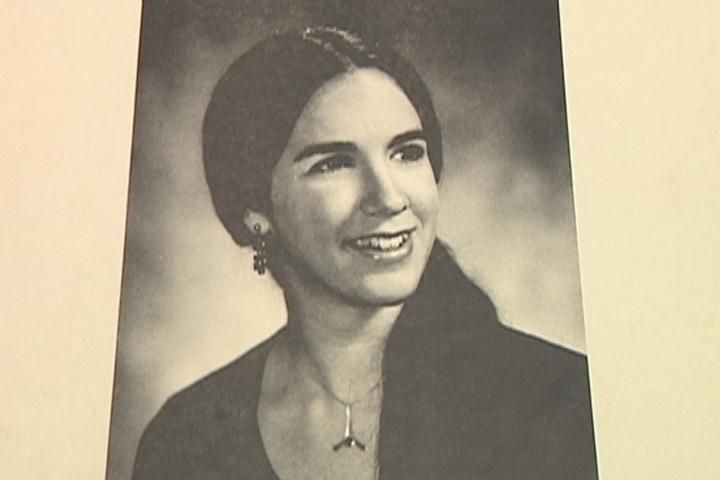It was 30 years in August 2015 since Nanette Gordon was murdered in her DeWitt apartment, a case mired in scandal and led to the resignation of the medical examiner. In this edition of the cold case series, "Unsolved But Unforgotten," reporter Katie Gibas explains the mysterious case that almost wasn't ruled a homicide.
Originally from Ogdensburg, 30-year-old Nanette Gordon was now in Syracuse in 1985, working as a resident pathologist at Upstate University Hospital, then known as the SUNY Health Science Center.
In July of that year, she had started interning in the Onondaga County Medical Examiner's Office -- only to be autopsied there, just weeks later.
A friend dropped her off at her DeWitt apartment around 11 p.m. Friday, August 16, after attending a concert in Skaneateles, police said, and they believe she was killed in the early hours of August 17.
"She didn't show up for work and the neighbors at the apartment complex where she was residing at the time hadn't seen her for a few days," said Onondaga County Sheriff's Department Detective Jon Seeber.
Police were called to Gordon's apartment on Croyden Lane on Monday, August, 19. The door was locked and there was no sign of forced entry.
Gordon was found naked in her bed, under the covers.
"There was no evidence that her belongings were rifled through or a sexual assault occurred. But there was definitely some evidence that a struggle occurred between her and her killer," Seeber said.
Originally, Medical Examiner Erik Mitchell said he couldn't determine her cause of death, but from day one, detectives treated it as a homicide.
"It's not that we didn't think it was a homicide. It was we don't have a cause of death," said Onondaga County First Chief Assistant District Attorney Rick Trunfio. "I have in my filing cabinet dozens of cases that the cause of death is undetermined because we don't have enough information forensically or otherwise to say it was a homicide."
Mitchell himself was briefly investigated as a suspect in Gordon's death, but was quickly cleared.
"It would be misleading to say he was a suspect for any other reason except that we interviewed everybody that worked with her and everybody was looked at as a possible suspect," said Trunfio.
Gordon's family also believed it was a murder from the beginning.
The Gordon family even sued the county, law enforcement and medical examiner to get the county to reinvestigate. It took several years, but, in an unprecedented move, the county hired a panel of three pathologists from outside Central New York to review the case.
In 1990, the panel ruled 2-1, Gordon died by asphyxiation, a homicide. A third, dissented, saying there was insufficient evidence to determine the cause of death.
"Her death certificate was actually changed from "unknown" to "asphyxial death by means of homicide," Seeber said. "It certainly was a major step forward in our investigation with that."
While, it took several years before Gordon's death was ruled a homicide, detectives believed they had a suspect early on -- a man, who has never been publicly identified. He lived in Gordon's apartment complex at the time of her death.
"To this day, that suspect remains the center focus of our investigation. In his interview, there were a lot of inconsistencies and things just didn't add up," Seeber said. "There was a significant amount of circumstantial evidence, but because of the lack of cooperation from that suspect consenting to polygraphs, further interviews, it pretty much put a stop on the investigation portion of interviews with him."
But still, detectives continue to investigate.
"Each day we go forward and review that case and we'll find something. And with the technology out there and the advancement of it, we're pretty optimistic that we're going to have a successful closure to this case at some point," Seeber said.
Investigators submitted evidence for analysis within the last year and are awaiting those results.




